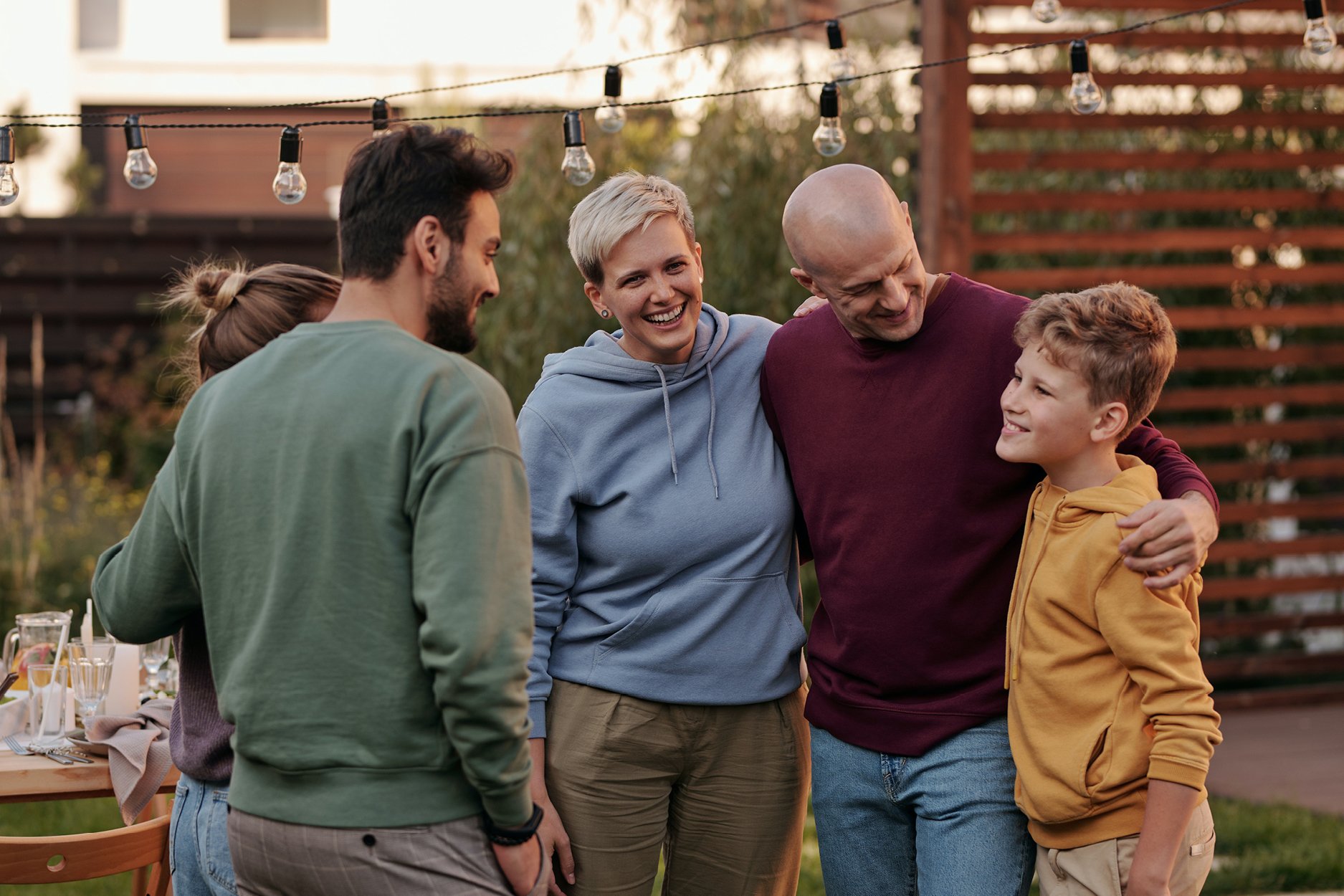Everyone's Rock Bottom Looks Different

In a world where most people share their lives on social media, it can be difficult to navigate the waters of identity because these wireless encounters instantly force comparison. It's a medium that indirectly compares clothing, lifestyle choices, bodies, and more. However, these implicit comparisons can make it difficult for people to answer the question, what's right for me? And when it comes to deciding whether or not it's time for treatment, these comparisons can be deadly.
Even if social media isn't the problem, the news, TV shows, and film can fill this gap. Though there may be many fictions and exacerbated dramas intertwined with reality, these interactions can feel real, which again, distorts the truth of personal needs. For example, if Travis questions his drinking habits, but then decides he doesn't have a drinking problem because he's learned through the media that alcoholics drink every night, he decides he doesn't need help because he doesn't drink every night. Then there's Brooke. She smokes weed every day, but she believes the narrative that drug addicts only do hard drugs. She couldn't possibly have a problem because she's not open to the fact she may be masking her feelings and traumas. How did this happen? Both Travis and Brooke were unconsciously conditioned to compare, contrast, and rationalize.
Have you ever rationalized your behaviors based on someone else's life? The concept of a role model or mentor can be a blessing, but if another's actions suggest restricting treatment or support, individual needs aren't being honored. Travis may not drink every night, but that doesn't mean he doesn't need help. And just because Brooke feels her drug of choice isn't deadly, it doesn't mean there aren't serious implications for her behavior. The moment people honor another person's narrative over their own, they negate the feelings and experiences they are attempting to process. And by comparing their choices to the behaviors of others, it becomes easy to rationalize negative behavior that could potentially cause future harm.
So, what does rock bottom look like? It's different for everyone, and to see it means taking a long, hard look in the mirror. Brene Brown, a renowned researcher and public speaker, talked about rock bottom in a recent interview. She chose to become sober in 1996, but she didn't know if she was an alcoholic when she made the choice to attend her first AA meeting. She didn't lose everything before she chose sobriety, but she woke up to the realization that her behaviors and family bloodline were walking the fine line of addiction. She felt her downfall was a high bottom. Brene reminded the audience that becoming sober was right for her. She stopped comparing her situation to the world and made a decision to live a life free of alcohol because she was sick of hangovers and drama and possible tragedy.
Whether your bottom is high, low, or somewhere in between, it doesn't matter. Because if you're questioning your behaviors/treatment, it's time to go.
Is It Time Right Now?
No one can tell you when you need to go. They may suggest it, but if you're someone that is a functional user or drinker, it can be difficult to navigate muddy waters. Here are some questions to help get you thinking.- Why do I drink/use?
- When do I drink/use?
- Are my substance choices harming me financially?
Whether your bottom is high, low, or you're not sure where you fall, don't wait until it's too late. If you use drugs or drink, reach out to Stonewater Adolescent Recovery Center today. We are not here to judge or chide. We are here to get to the root of your addiction and get you safely back to health and wellness. Call Stonewater today at (662) 478-9463 to learn about your options for a clean and sober future.

.jpg)

